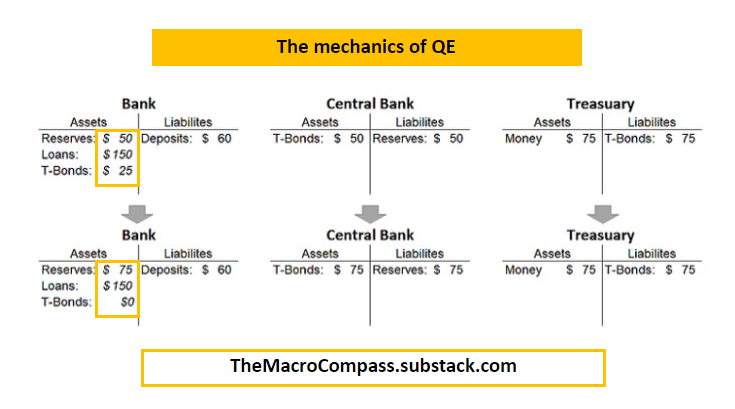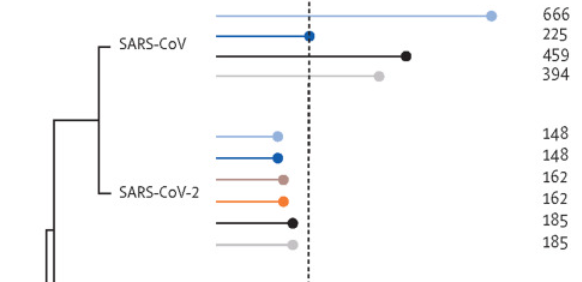
Big flows move markets.
The biggest flows in fixed income come from the so-called “real money”: pension funds, bank treasuries etc.
Let me explain when they go big.
To get there, you have to understand their incentive scheme.
A hugely important thread.
1/7
The biggest flows in fixed income come from the so-called “real money”: pension funds, bank treasuries etc.
Let me explain when they go big.
To get there, you have to understand their incentive scheme.
A hugely important thread.
1/7
You might think real money buys or sell big sizes of bonds when they have strong conviction on the next move in yields.
Absolutely not.
CIOs and PMs there are not paid more if they generate alpha, but they can be fired if they mess up: incentive schemes matter.
A lot.
2/7
Absolutely not.
CIOs and PMs there are not paid more if they generate alpha, but they can be fired if they mess up: incentive schemes matter.
A lot.
2/7
Instead, they go big for two main reasons.
A) Regulation forces them to
B) They have some market risk to (un)hedge
Notice how in both cases they have their a*s covered.
Nobody can blame you for sticking to regulation or saying “it was a hedge” if you bleed P&L.
3/7
A) Regulation forces them to
B) They have some market risk to (un)hedge
Notice how in both cases they have their a*s covered.
Nobody can blame you for sticking to regulation or saying “it was a hedge” if you bleed P&L.
3/7
Regulators force banks to own a huge amount of liquid assets: it’s bonds or reserves
But sovereign bonds have no capital requirements & they pay positive credit spreads over reserves
So banks buy billions of bonds
A*s covered if spreads widen, “great trade” otherwise
4/7
But sovereign bonds have no capital requirements & they pay positive credit spreads over reserves
So banks buy billions of bonds
A*s covered if spreads widen, “great trade” otherwise
4/7
Pension funds have very long duration liabilities, and therefore must buy bonds to hedge their interest rate risk.
Dutch PFs deliberately decided to under-hedge (buy less bonds than needed) for years and years: yields at 4% were “too low”.
A huge call on yields, right?
5/7
Dutch PFs deliberately decided to under-hedge (buy less bonds than needed) for years and years: yields at 4% were “too low”.
A huge call on yields, right?
5/7
Not really.
Back then, they thought they could be easily blamed for buying long-end bonds at “ridiculously low yields”.
Much better to leave the risk open.
Yields up = “great trade”
Yields down = equities will probably make money & I won’t get fired.
6/7
Back then, they thought they could be easily blamed for buying long-end bonds at “ridiculously low yields”.
Much better to leave the risk open.
Yields up = “great trade”
Yields down = equities will probably make money & I won’t get fired.
6/7
Understanding regulation and the incentive scheme of these big whales is paramount important, as their flows are huge and often can move markets.
Often, it has nothing to do with economics or risk/reward assessment.
Like it or not, that’s how it works.
7/7
Often, it has nothing to do with economics or risk/reward assessment.
Like it or not, that’s how it works.
7/7
• • •
Missing some Tweet in this thread? You can try to
force a refresh












